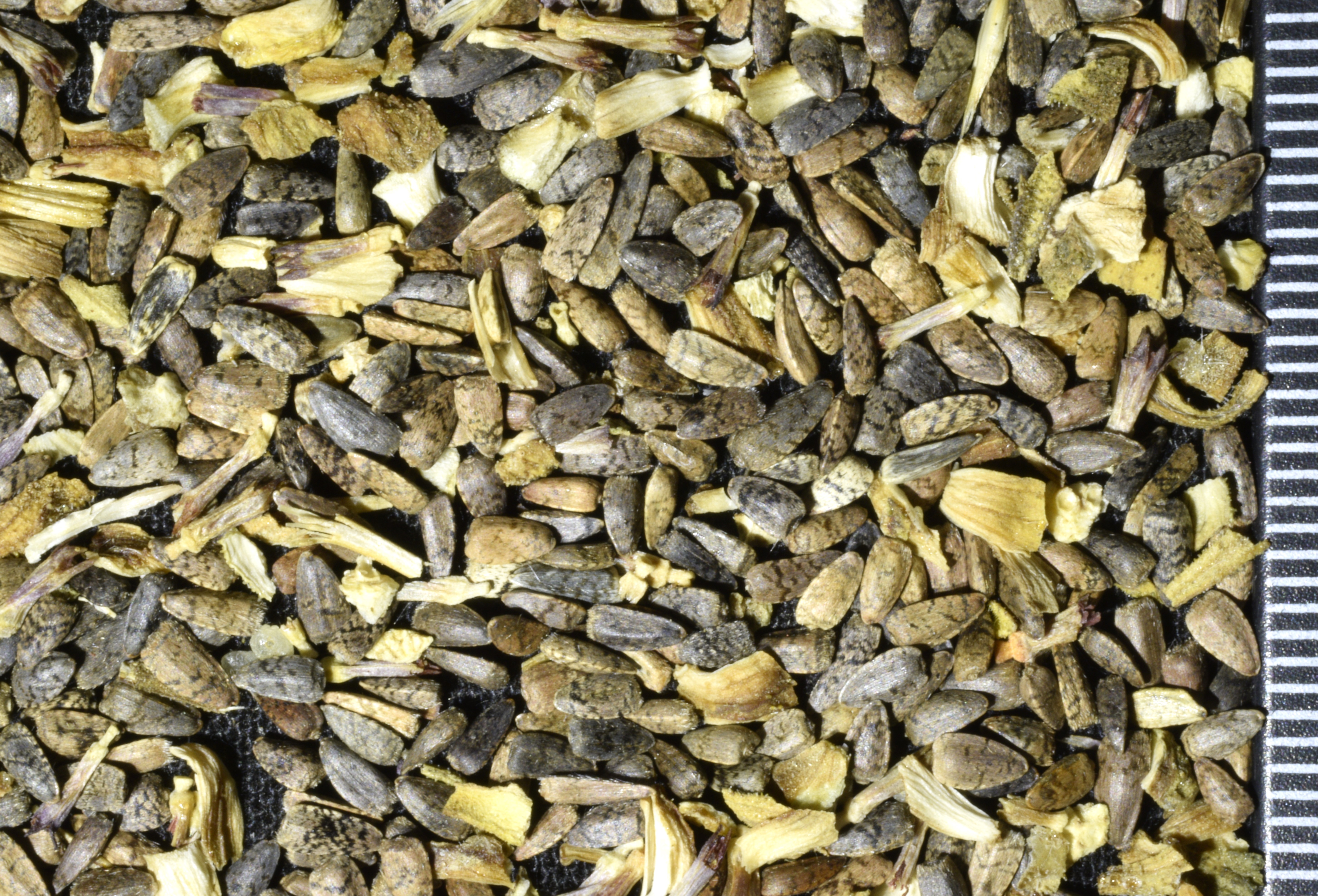Helianthus laciniatus
Helianthus bolanderi
Bolander's sunflower
erect, pustulose-hispid to setose or villous.
mostly alternate; ovate to lanceolate or linear-lanceolate, 3–15 cm, bases wedge-shaped or attenuate;
margins entire or denticulate to serrulate;
tips acute;
surfaces hispid or strigose, petiolate, becoming sessile distally;
petioles 1–4 cm.
hemispheric, 17–25 mm diameter.
12–17;
rays 14–20 mm.
75+;
corollas 5–7 mm;
throats slightly widened distally;
lobes usually reddish.
10–18 in 2–3 series, lanceolate or lance-ovate, 9–25 × 3–5 mm;
margins strigose-ciliate;
tips acuminate;
surfaces pustulose-hispid to strigose or silky-villous; outer nearly equal to inner or sometimes much enlarged and bract-like.
3.5–4.5 mm, glabrate, pappi of 2 lanceolate scales, 1.5–3 mm.
solitary to numerous.
glabrous; inner tips 3-toothed.
=34.
Helianthus laciniatus
Helianthus bolanderi
Open fields, roadsides. Flowering Jul–Oct. 300–1400 m. Sisk. CA. Native.
Kenton Chambers



